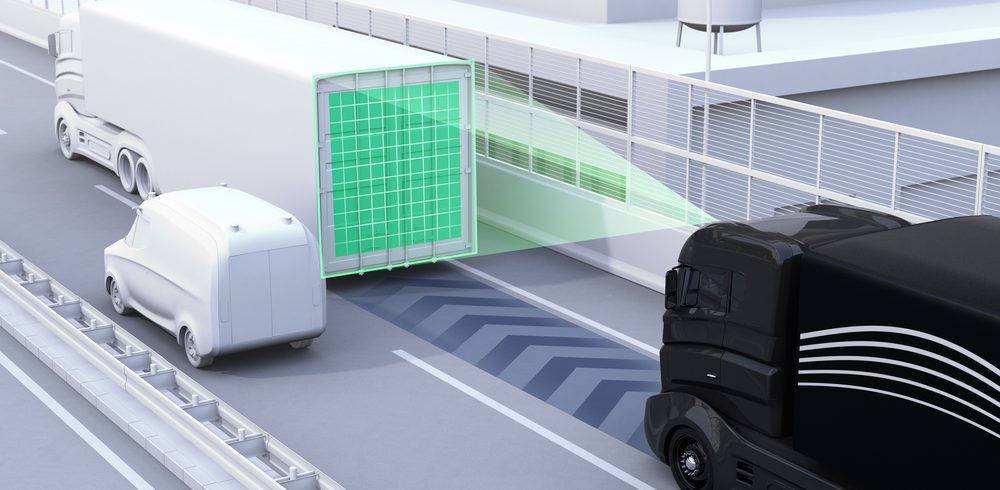A total of six convoys of semi-automated, smart HGVs arrived safely at Rotterdam’s harbour last week after a European experiment in driverless automation went off without a hitch.
Up until recently, the driverless technology has only been used on test tracks over fears to public safety. This month, however, the convoys were deemed fit for highway testing and, with a planned journey from Belgium to Rotterdam via some of Europeâs busiest roads, it was to be a leap of faith for the six participating manufacturers.
Despite being some feat, the truck platooning was nevertheless a huge success with the convoys arriving at the port at around midday. The experiment follows the same technological principles as self-driving cars. One truck leads the convoy while the others follow one another at a close, pre-set distance via wireless connection. The leading truck thus determines both route and speed; if the platoon leader brakes, the trucks following it brake in succession. The practice of platooning has a number of distinct advantages over typical human conduction â not least it is considerably safer as it mitigates the risk of human error. Dutch Minister, Melanie Schultz also pointed out that driverless truck platoons have the potential to be much more efficient and more environmentally friendly.
Wednesdayâs experiment is the first of its kind and marks the furthest distance successfully travelled by self-driving trucks. The fleet comprised vehicles from six of Europeâs leading HGV manufacturers: DAF, Daimler, Iveco, MAN, Scania and Volvo.
Erik Jonnaert, President of ACEA, Europeâs largest automotive trade association, suggested that the success of the pioneering experiment was another step in the journey toward a completely automated automotive industry. He added that the concept could significantly improve traffic flow on the continentâs most congested highways.
Of course, the ability to wirelessly connect trucks emerging from different manufactures should also be highlighted. Previously, vehicles produced by different manufacturers have struggled to communicate owing to varying technologies but that standardised link-up between vehicles, has proven successful.
In order to ensure safety and override the automation technology should it fail, human drivers were still behind the wheel of the trucks. Even the most avid proponents of driverless technology admit that various problems with the automated systems need to be addressed before it can we rolled out worldwide.
Back in March, Chancellor George Osborne expressed his support for driverless technology and confirmed plans to trial the technology at home in the UK. After the success of this pilot study, that reality surely gets ever closer.










